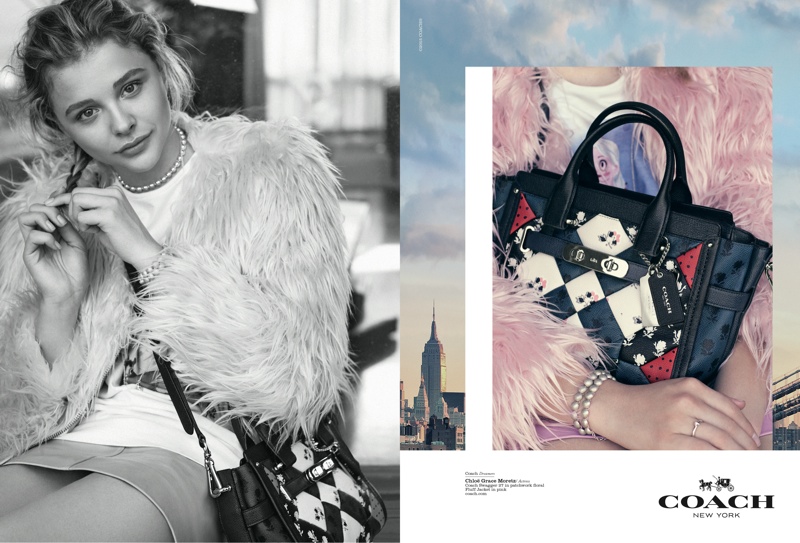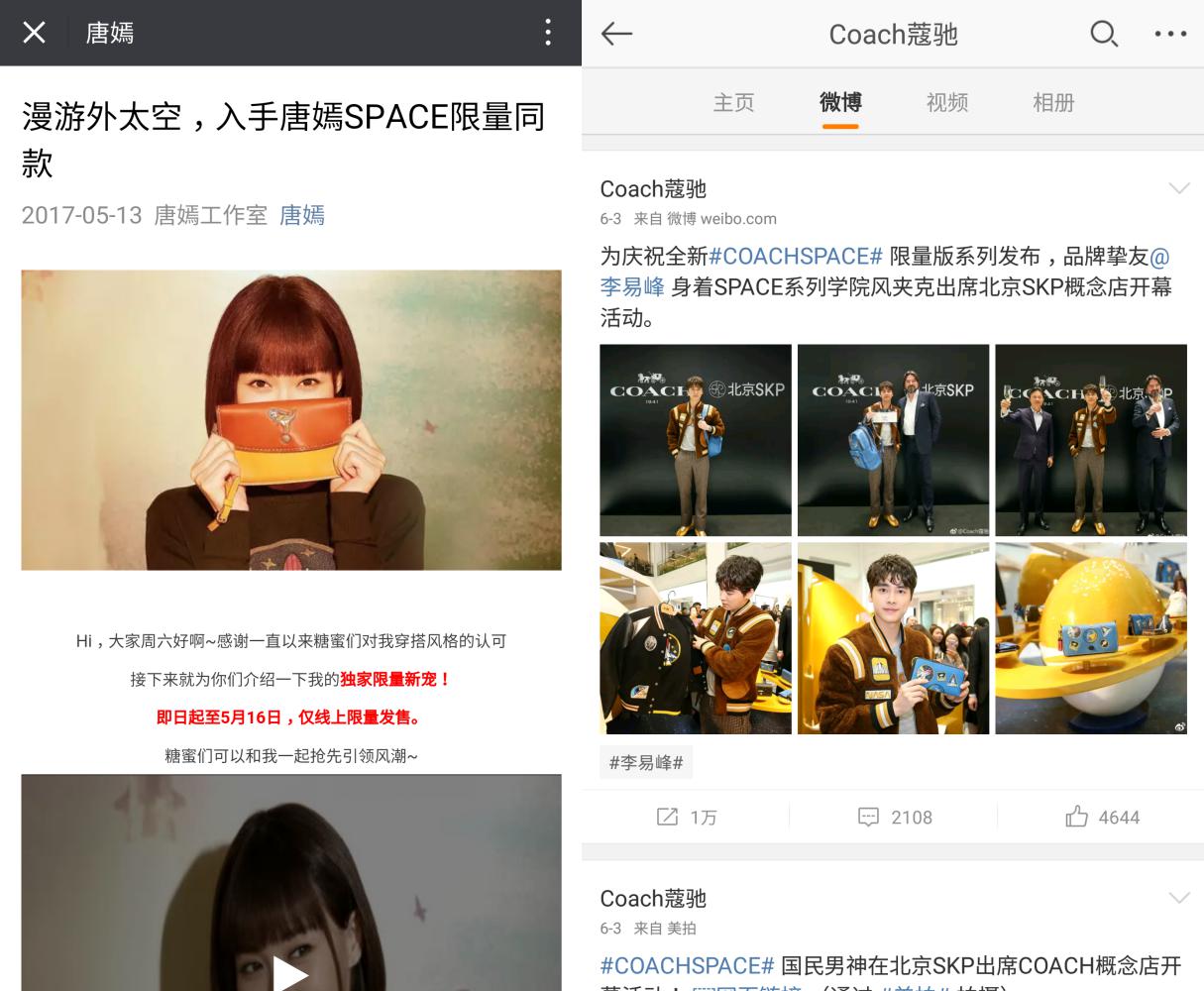Welcome Back to Coach Stores! An interview with the CEO of Coach, Greater China
August 15,2017
How many times have you visited a Coach store in the past year?
By acquiring Stuart Weitzman and officially extending an acquisition invitation to Kate Spade, Coach, the famous affordable luxury brand from New York, has demonstrated to the market its determination to build an American lifestyle retail group. At the same time, Coach has been optimising and building its brand image through a series of progressive moves. After three years of transformation, the company's profits have increased.

Chinese consumers might have forgotten howТ Т of Coach a few years ago, when railings had to be installed in front of its stores to control the flow of customers. However, in 2012 and 2013, the brand experienced a dramatic drop in sales. As the companyтs staff have observed, before 2012, everyone in the media seemed to be chasing Coach for interviews but as soon as 2014 arrived they became much less enthusiastic.
тI hope people come to check us out. Coach has really changed.т These are the hopes of Yann Bozec, Coach President and CEO for Greater China. Luxe.CO has taken a close look at Coachтs transformative measures over the past few years:

Yann Bozec, Coach President and CEO for Greater China
Younger Designers to Attract Consumers with a Youthful Mentality
In September 2013, former design director at Mulberry and creative director at Loewe, Stuart Vevers, became the executive creative director of Coach, building popular collections such as Mercer and Swagger. Last year, when the brand celebrated its 75th anniversary, Coach partnered with Disney to release a limited edition Disney X Coach 1941 collection. At one point, some security analysis firms raised Coachтs to тoutperformт. In the new autumn and winter collection, space fantasy elements provide the theme for the Coach Space collection, released in cooperation with NASA.

These popular collections have attracted fans and increased sales, driving the general growth of Coach. In the third quarter of the 2017 (US) fiscal year, sales of high-end handbags in Coachтs North American retail stores showed clear and continuous growth compared to the same period last year.

Attending Fashion Week to Promote the Brandтs Fashion Sense
In February 2014, Coach made its first appearance at New York Fashion Week and released its handbag and pret-a-porter collections created under the leadership of Stuart Vevers. In January 2015, Coach appeared at London Fashion Week for the first time and presented its menтs pret-a-porter collection, its handbags and footwear collections, and other lifestyle products designed by Stuart Vevers. In September 2015, Coach held its very first proper fashion show during New York Fashion Week, at which it released its 1941 collection.
Through fashion weeks, Coach has presented a new brand image to global consumers, with the aim of making the brand more fashionable.

Store Renovation and New Personalisation Service
Coach has set up leather craft workshops in its major flagship stores across the globe, providing leather product care, monogramming and other personalization services. In 2017, the craft workshops have also added new emojis and patterns containing elements of Chinese characters to the offerings of its personalised service.


As well as the additional services being provided in-store, Coach is systematically renovating its outlets across the globe. In China, 70% of the stores have been renovated. As of the third quarter of the 2017 US fiscal year, Coach has opened 176 new stores in 68 Chinese cities, of which more than half (90) have been transformed from their previous white, minimalist style to a much younger, more luxurious look, in order to build тmodern luxuryт concept stores.

Collaboration with Celebrities and Key Opinion Leaders
Coach has worked with actress Tiffany Tang and actor Yifeng Li in a series of promotional campaigns on social media. тWe pick items for the celebrities that their fans like, and allow the stars to come up with their own styles, promoting the brand through the use of photos and videos on social media,т notes Deputy CEO for Greater China, Claudia, who is responsible for marketing communications. Claudia also suggests that promoting Coachтs new image is a long-term project. Conveying the brandтs transformation to more and more customers is not something that can be achieved simply with a few good sales periods.
Claudia also mentioned that the official WeChat and Weibo accounts of Coach will incorporate sales portals т in particular, WeChat connects directly to the brandтs official online store.

Constantly Trying New Social Media Apps
As of the time of writing, Coachтs official Weibo account has 2,978,000 followers. And according to Coach staff, the brandтs WeChat account also has many followers and boasts high engagement levels, making it the most effective of the different social media platforms.
Bozec notes that т[t]he Chinese social media platforms have kept evolving and we have kept experimenting, because you never know which platform will be the most effective. Our successes are identified from reviews afterwards, so we have to keep trying.т
For instance, Coach used social media platform Meipai to live-stream Yifeng Liтs recent appearance at the Coach concept store opening ceremony at Beijing SKP to 192,000 followers. As such new platforms attract large numbers of young users, Coach is still constantly experimenting.













Comments